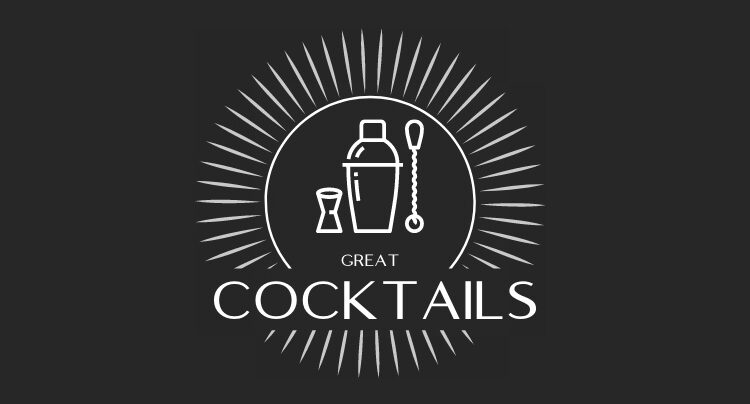America might get the blame for a lot of things these days but next time you’re tempted to join in remember there’s something for which we should thank our colonial cousins: the modern cocktail!
One of the earliest written references describing a cocktail appears in an American magazine from 1806, saying it is ‘a stimulating liquor, composed of spirit of any kind, sugar, water and bitters …’ The article also mentions that it would be a useful aid to electioneers as ‘a person, having swallowed a glass of it, is ready to swallow anything else.’ Someone should tell today’s politicians!
- The martini was one of the first cocktails to be recognised and named – although there is some argument about who, when and where. Some say that it got its name from the town of Martinez in California; others claim it was named after a rifle used by the British in 1871, saying both the drink and the rifle ‘shared a strong kick’. One early recipe included sweet red Vermouth, Old Tom Gin and aromatic bitters all garnished with a cherry. This gradually gave way to the dry white Vermouth, London Dry Gin and an olive combination that we recognise as a dry martini today.
By the beginning of the twentieth century there was a growing interest in cocktails on both sides of Atlantic, but 1920 Prohibition Act in America banned the production, sale and serving of alcohol. Strangely enough, rather than being the death of the cocktail, prohibition led to more ingenious concoctions being invented – mainly to disguise the taste of the home-made, crudely-produced moonshine that was available!
- Many have laid claim to being the inventor of the Margarita but perhaps most likely is that of Danny Negrete. Just before his brother’s wedding in 1936, Danny made up the cocktail and presented it to his future sister-in-law as a gift. Her name was, of course, Margarita.
During the second half of the twentieth century, cocktails featured in a number of films and in literature, all helping to enhance its image as a drink with a touch of class and sophistication.
- James Bond is renowned for preferring his martini shaken not stirred and there is a good reason for this. Shaking chills the drink more quickly so the ice melts less resulting in a cooler, less diluted drink.
Today the popularity of cocktail has been revived – although the sophistication of some of its young drinkers might be questioned!
As martinis in particular grew in popularity so cocktail shakers came into their own. A huge variety of styles were made in silver for the rich or glass for the less well-off, and designer cocktail shakers from the period are still sought-after by collectors.
The onset of the Second World War meant that metal became unavailable for such fripperies and cocktail shakers faded from popular culture. A brief revival in the 50s saw mechanised gimmicky battery-operated devices that, thankfully, were soon consigned to museums. Now, once again, the cocktail shaker is seen as a symbol of elegance. Its graceful lines are out of place in neither the most fashionable establishment nor the family home.
But remember less is more in cocktail presentation so don’t be tempted to decorate the glass with an umbrella, a cherry, an olive, a slice of lime, a chunk of melon, a funny hat and the bathroom sink!
